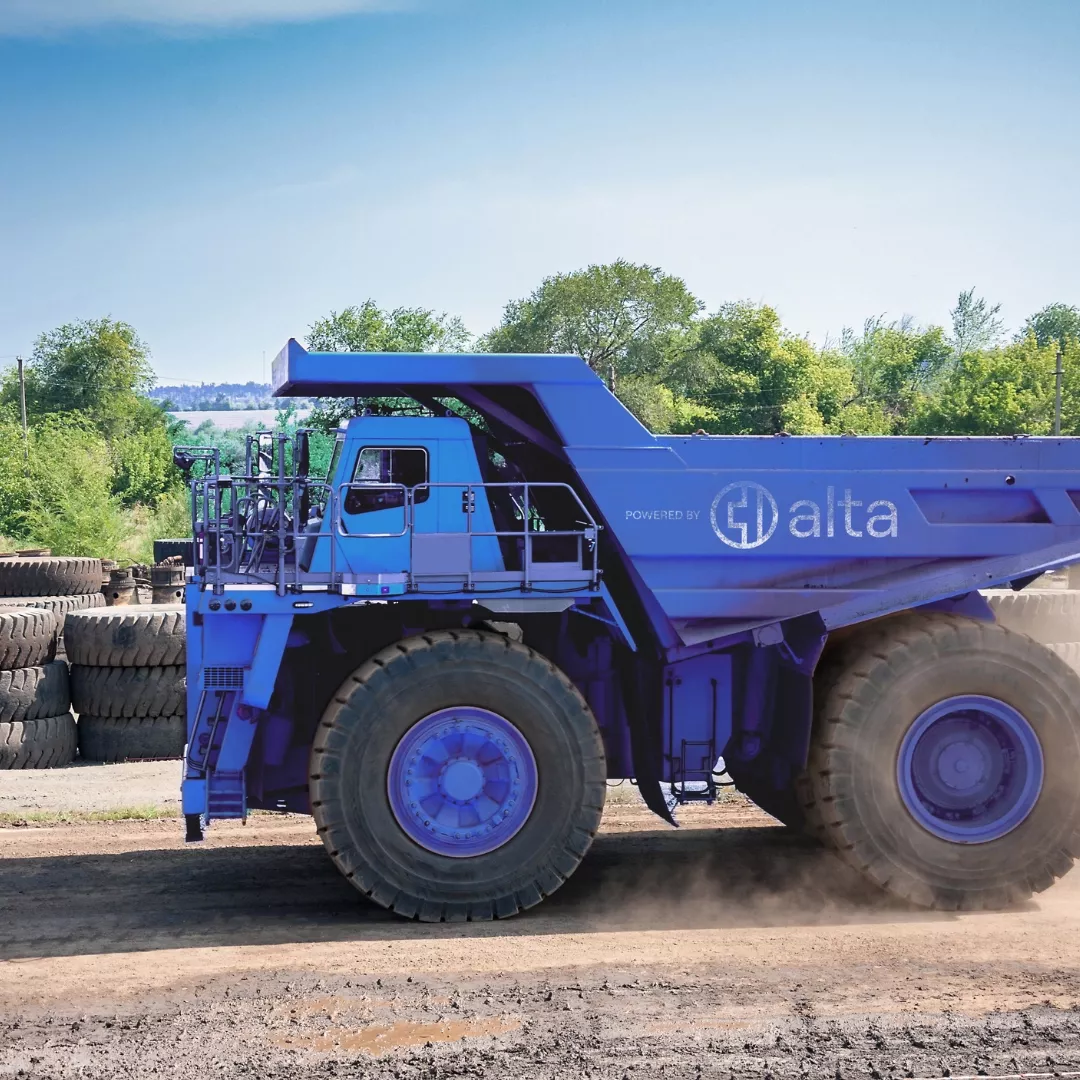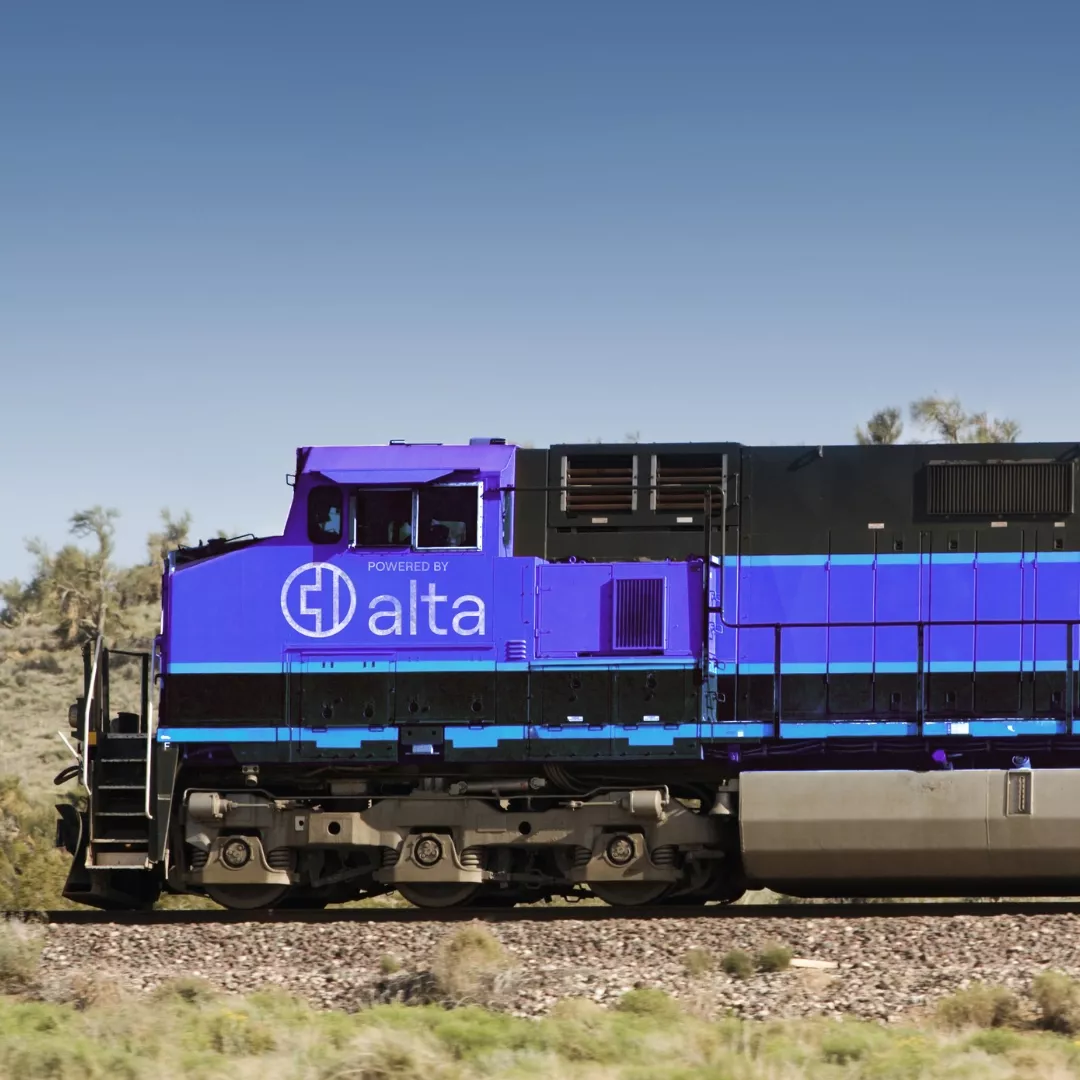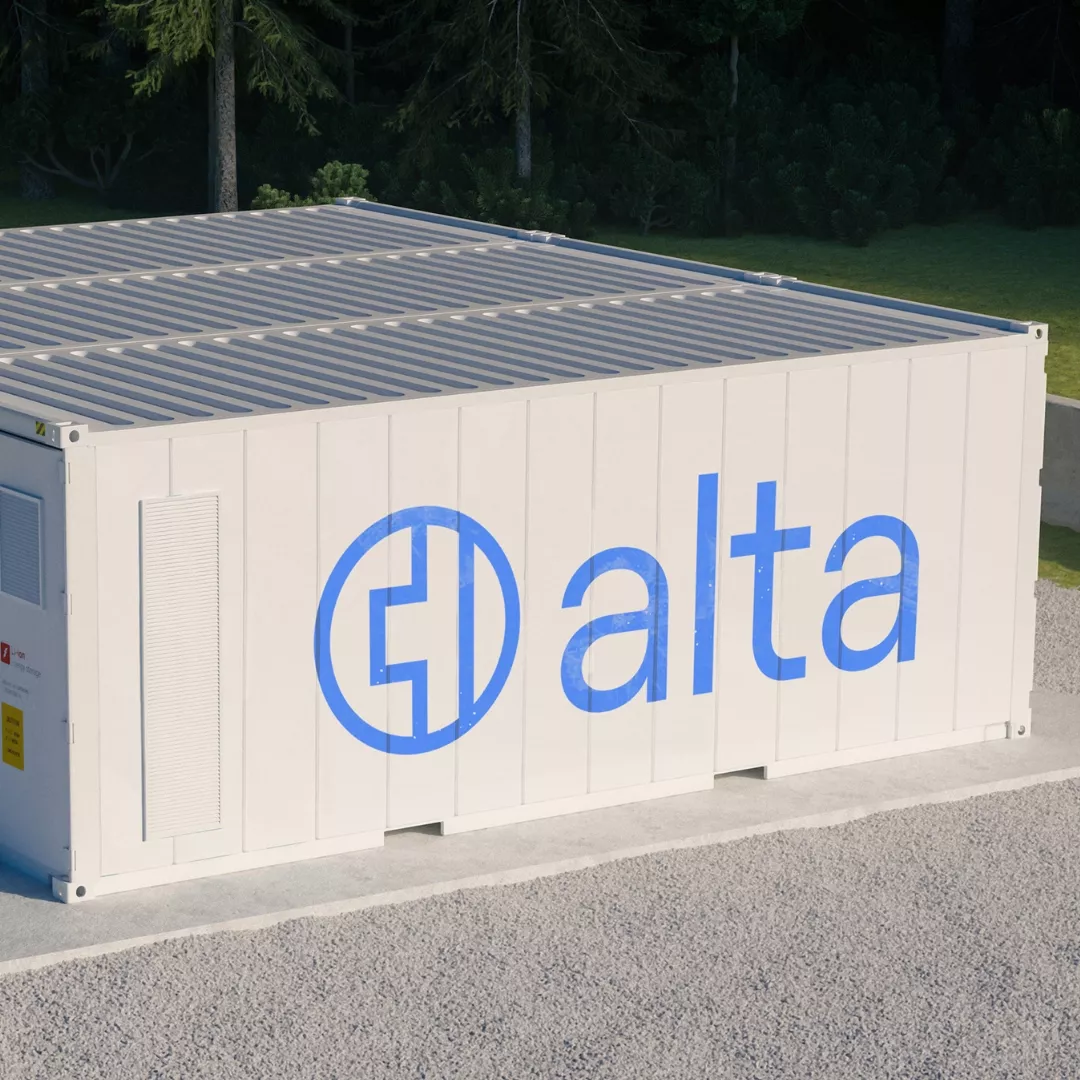AC to DC Rectifiers
An AC-DC rectifier is a device that changes alternating current (AC) into direct current (DC). This is important because many components require DC power to operate. But it’s not just about conversion—rectifiers also play a key role in making sure the power is stable and reliable.
How Do AC-DC Rectifiers Work?
At its core, an AC to DC rectifier uses components like diodes, transistors, and IGBTs (Insulated Gate Bipolar Transistors) to change AC into DC. However, simply converting AC into DC isn't enough. The output can still be uneven or "pulsing," so rectifiers often include extra components like capacitors and inductors to smooth things out. Advanced systems may also use techniques like Pulse Width Modulation (PWM) for better voltage regulation.
Why Are AC-DC Rectifiers Important?
Rectifiers are used wherever there's a need to change AC into DC, which is common in many electronic systems, including:
- Power supplies for electronic components that need a stable DC power source.
- Battery charging: AC is converted into DC to charge BEVs.
- Main electrical circuits: In main power circuits. AC is first converted to DC and, in some cases, converted back into adjustable-frequency.
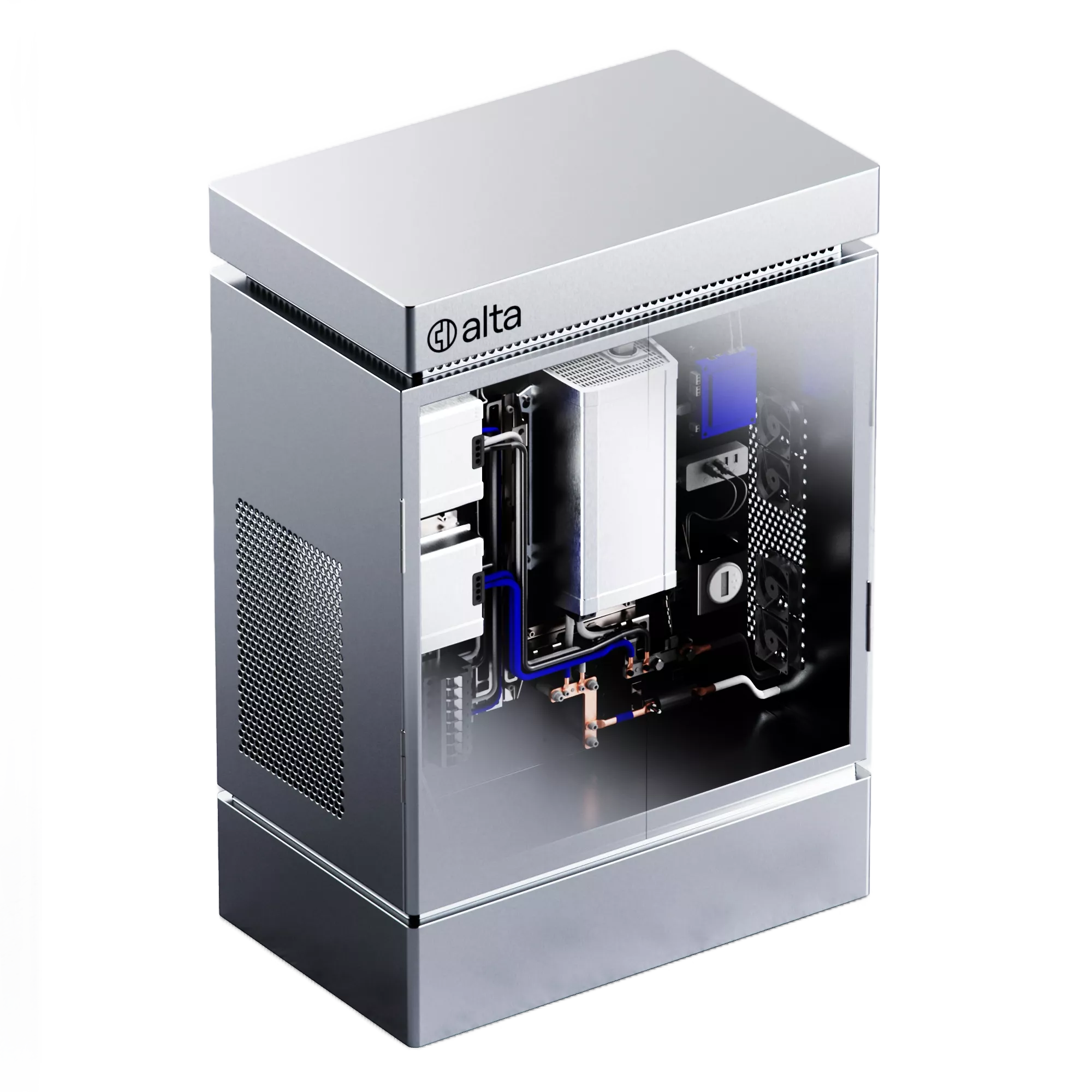
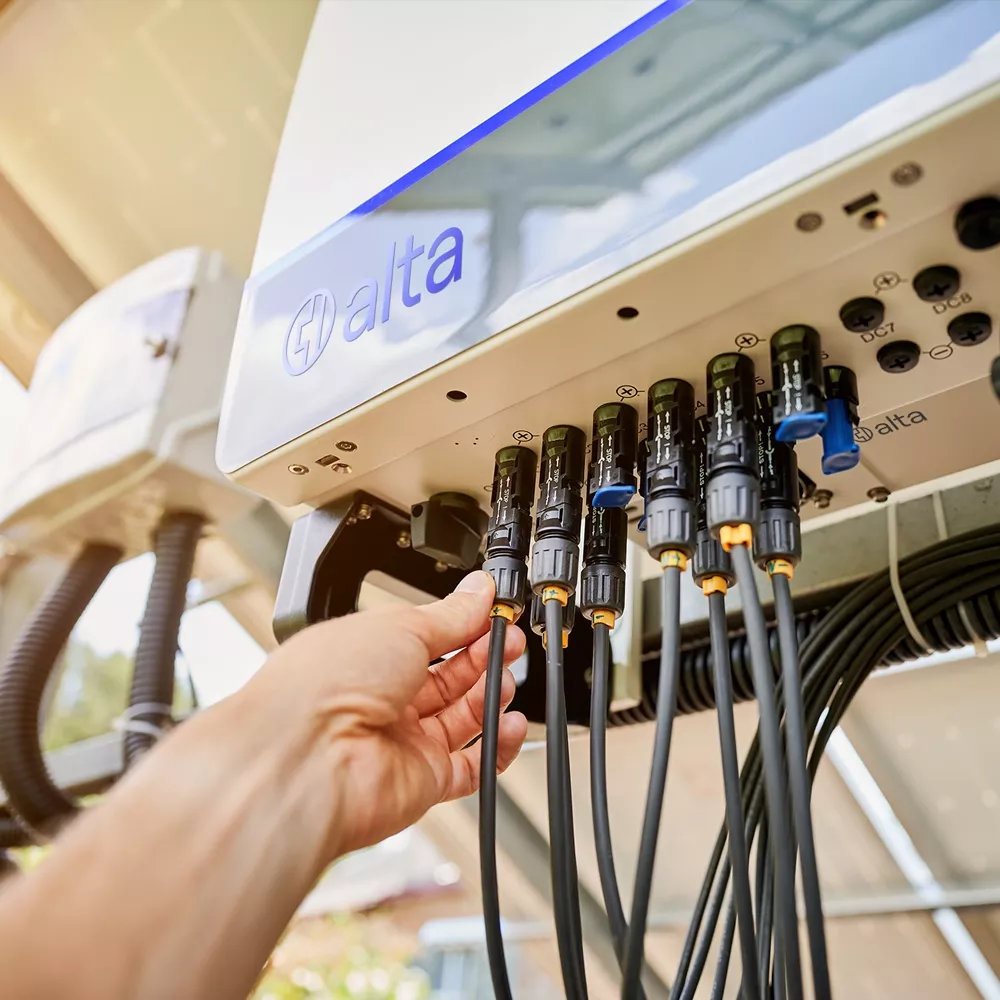
Where Are AC-DC Rectifiers Used?
Rectifiers are found in all sorts of applications, including:
- Charging systems: DC power is required for battery charging.
- DC motor power supplies: Delivering the steady DC needed to run traction motors and other components that require DC power.
They also often work in tandem with other power converters, like:
- Inverters, which change DC back into AC for certain systems.
- DC-DC converters, which regulate DC voltage for more specific applications.
How Do Rectifiers Fit into Control Systems of Haul Trucks and Locomotives?
In the control systems of mining trucks and locomotives, rectifiers do more than just convert power:
- They assist with power factor correction (PFC), making the system more energy-efficient.
- They can adjust to changing loads depending on demand.
- They work alongside sensors, controllers, and actuators to enable complex automation, often in industries like manufacturing or transportation.
- Hybrid regenerative braking systems, where the energy from braking is either dissipated or stored in a battery for later use, improving efficiency.
Additional Information
Why Choose Alta’s Rectifiers?
Alta’s rectifiers are built for efficiency, reliability, and high performance. Here's what makes our rectifiers stand out:
- Energy efficiency: Our diode rectifiers have efficiencies of up to 99%, meaning more power is used effectively.
- Customisable power range: We offer SiC-based decarbonisation solutions that cover power requirements from 0–2 MW and can be tailored to your needs.
- Effective heat dissipation: We offer both air-cooled and water-cooled systems to manage heat in high-power situations.
- Forced air cooling: Uses heat pipes, fins, and airflow channels.
- Water cooling: Transfers heat to an external radiator via a cold plate.
The Future of Rectifier Technology: Silicon Carbide (SiC)
As we continue to develop Silicon Carbide (SiC) technology, it is becoming a game-changer in power conversion. It handles higher temperatures, works at higher frequencies, and reduces power loss, making it a top choice for future rectifier technologies.
Ready to Use Alta’s AC-DC Rectifiers?
Alta’s AC to DC rectifiers are designed to deliver reliable, efficient power for a wide range of applications. Whether you’re in mining, locomotive, manufacturing, or another industry, our rectifiers will help ensure your systems run smoothly. Get in touch with us today to see how we can help power your next project.
